New ICCO White Paper Challenges PR Industry to Confront Modern Communication Challenges
The International Communications Consultancy Organisation (ICCO) has launched its first ‘Modern Communication Challenges for Society’ white paper, setting out the PR industry’s role in improving the global media and communications landscape.
Following consultation with members and working groups, the white paper identifies freedom of media and freedom of speech, media literacy and education, and new technology and digital media ethics, as the three issues most crucial for the PR industry to have a leading voice on.
To tackle these challenges, the paper calls for a serious alliance across industries, including journalism, advertising, tech, and policymakers. The paper outlines the issues and impact on PR practice, and PR’s role in finding solutions. As part of this work, ICCO and its members have been contributing to the relevant committees within the Council of Europe, to discuss legislative and educational solutions.
Massimo Moriconi, ICCO Europe President, ICCO said:
“PR professionals both design the modern communication landscape, and are key players within it, dictating how media impacts people’s lives. Freedom of media to enable free expression, media literacy to fight fake news, and responsible use of artificial intelligence, are all at the core of today’s agenda for ICCO. This first white paper was created as a global collaboration, taking heed from the Council of Europe’s great work. The paper will inspire and support PR businesses and communications stakeholders in our efforts to collectively design a better communications landscape and benefit society.”
Patrick Penninckx, Head of Information Society, Council of Europe said:
“We look forward to working with the public relation industry, global institutions, and other relevant stakeholders, to tackle these critical issues at a time of great change for the global media landscape”.
Nitin Mantri, President, ICCO said:
“This paper can be the start of a great dialogue between all types of stakeholders as we tackle core issues facing communications today – with PR professionals rightly at the heart of the conversation.
“It’s important to acknowledge this paper is being published amidst war in Ukraine, in which systemic, sophisticated misinformation is being communicated by the Russian government. Through collective, international high standards, we can fight bad practice in a coherent and emphatic way.”
The paper calls on PR professionals and all media stakeholders to:
– Engage with the issues directly and understand the role of PR within them.
– Engage with national PR associations and projects locally
– Open dialogues that span PR, advertising, tech, and journalism
– Bring forth ideas and solutions as we create further papers, tools, standards and agreements to confront challenges together.
The paper can be viewed and downloaded here: Global Communication Challenges 2022
Contact rob.morbin@iccopr.com
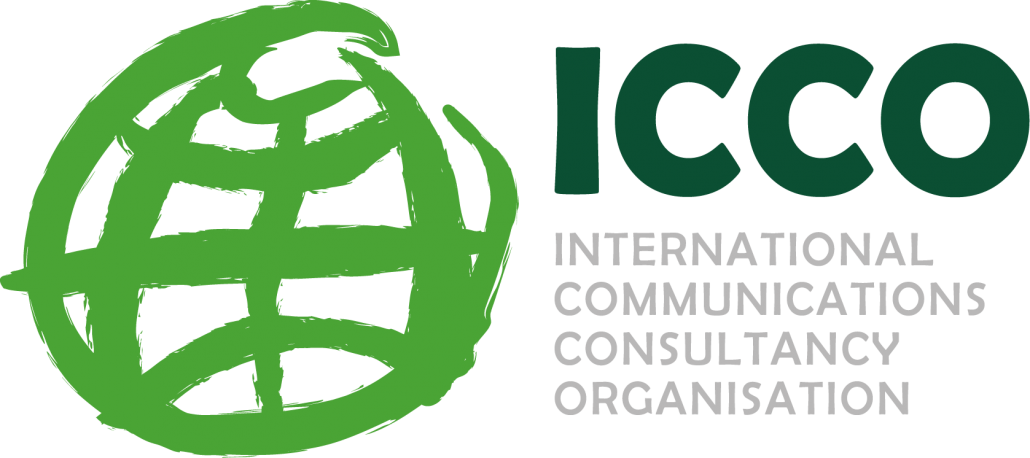


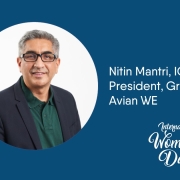


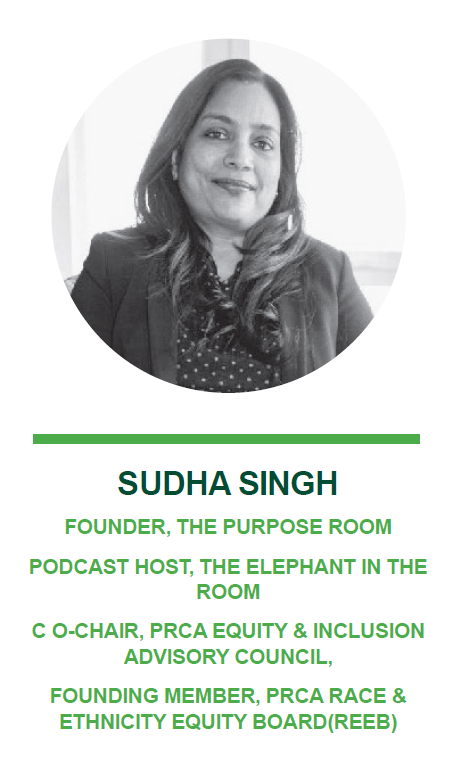
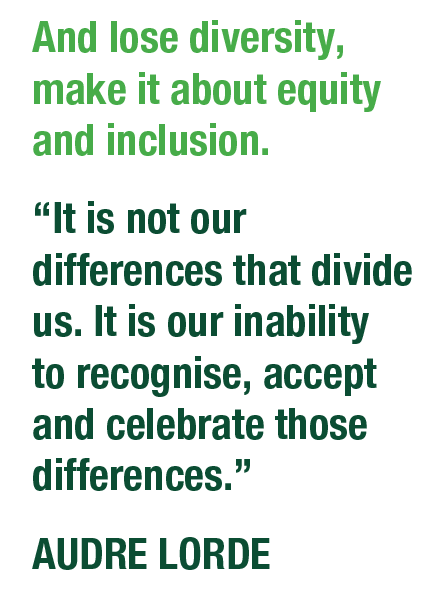 To be authentic live the values that we preach. Don’t just say it to other people or for your clients, embed inclusion into your business. Start with C-Suite buy in and accountability; listen to your employees and stakeholders; create an inclusive hiring process; be transparent about the pay gap; consider intersectionality; be a sponsor and monitor constantly.
To be authentic live the values that we preach. Don’t just say it to other people or for your clients, embed inclusion into your business. Start with C-Suite buy in and accountability; listen to your employees and stakeholders; create an inclusive hiring process; be transparent about the pay gap; consider intersectionality; be a sponsor and monitor constantly.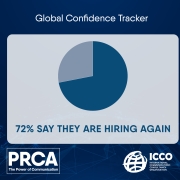
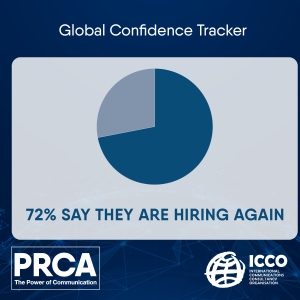 The study reveals impressive levels of confidence amongst PR and communications leaders. The research shows more than two-thirds (72%) of PR agencies and in-house teams globally are hiring and almost nine out of 10 (87%) respondents are ‘confident’ or ‘very confident’ about the future of their organisation – this is a three percentage point rise since the
The study reveals impressive levels of confidence amongst PR and communications leaders. The research shows more than two-thirds (72%) of PR agencies and in-house teams globally are hiring and almost nine out of 10 (87%) respondents are ‘confident’ or ‘very confident’ about the future of their organisation – this is a three percentage point rise since the 